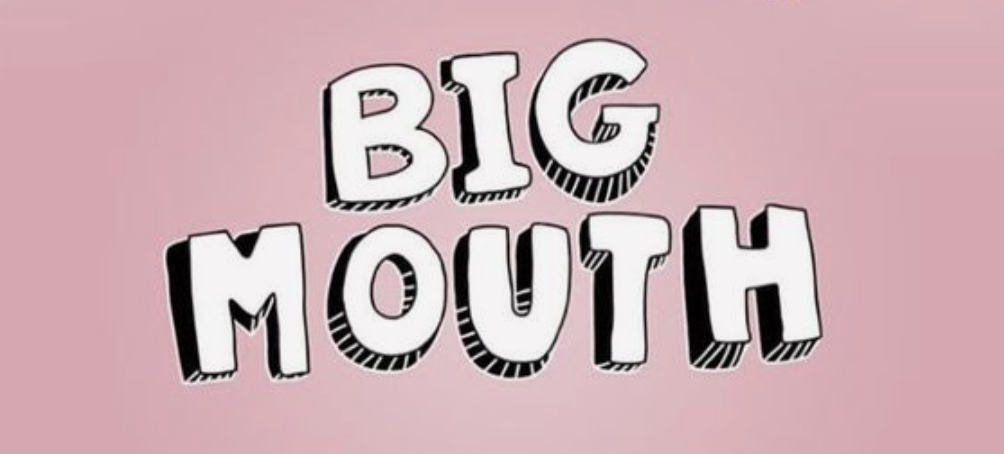Back for its fifth season, Netflix’s “Big Mouth” continues to combine raunchy comedy with childhood commentary. Although the early seasons focused primarily on the foibles of quasi-main character Andrew Glouberman, voiced by comedian John Mulaney, Netflix’s newest installment rotates between a series of characters, giving many of the previously-known side characters stronger scenes and deeper character development with a serving of that provocative wit and lewd humor that the show’s fans know well.
In past seasons, the characters dealt with early puberty issues such as beginning to grow body hair, feeling too small or too big for their ages, developing their first crushes and struggling to feel “normal” in middle school. However, now that the characters have aged further into puberty, the audience sees more thoughtful, developed aspects of puberty coming into play. In Season Five, the writers dealt with hormonal topics like masturbation, complex emotions such as jealousy, love and hatred, struggling to define racial and sexual identities and communicating appropriately in early sexual relationships.
Season Five is set through the autumn and holiday season, beginning with November in its first episode, “No Nut November,” and finishing with New Year’s in its last episode, “Re-New Year’s Eve.” The episodes were released on Nov. 5, making the setting timely.

New Characters
Hormone monsters guide the characters through puberty and other emotional issues. In past seasons, the writers introduced new hormone monsters personifying anxiety and depression as the characters experienced them. One unique aspect of the new season is the introduction of new varieties of hormone monster: lovebugs and hateworms.
When one character falls in love with another, they receive a lovebug that works alongside of their primary hormone monster. When one character begins to hate another, they receive a little hateworm. If the hatred grows strong enough, the hateworm turns into a large snake.
The characters discover that when they let love and gratitude rule their lives rather than hatred, the hateworm or snake transforms into a lovebug; however, a lovebug can also turn into a hateworm if love goes sour.
The writers introduce these new hormone monsters to personify these strong feelings of love and hatred, making the lovebugs and hateworms very effective as tools to portray the thoughts and emotions of someone going through them. Fans who have ever felt a strong love or deep hatred for someone can relate to feeling like they have caught a bug themselves. Those who lived the trope of being an “angsty teen” may relate to the depictions of angst in the show.
Message
Similar to Season Four’s final message of how gratitude can help people appreciate their lives, Season Five’s finale seems to say that accepting and appreciating the love that you have can ward off a life of hatred and jealousy.
Sexuality has always been a topic at the forefront of the show in different capacities, whether it be masturbation, sexual attraction or sexual orientation. In Season Five, the audience sees different representations of sexual issues that they could possibly relate to. For example, in past seasons, Jay has been portrayed as bisexual, but Season Five showed relationships where Jay was with male and female characters, bringing that representation to life. Furthermore, “Big Mouth” writers show that it is perfectly okay to question your sexuality and be unsure through Jessi wondering if her relationship with a character of the same gender is more platonic or romantic.
Get ready to laugh, reflect and cringe just a bit, because “Big Mouth” has already been renewed for a sixth season! Tweet us, @VALLEYmag, to talk about the show’s characters and let us know your thoughts.





